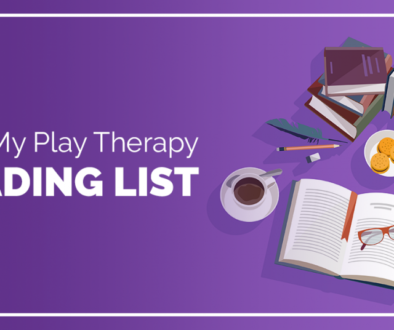The younger children are the more difficult directive play therapy is to do with them.
However, just because something is difficult does not mean it is impossible.
In the right circumstance, directive play therapy techniques with young children can be used, allowing skills to be taught in a fun, interactive manner.
Most recently, I was working with a young child to teach the emotional identification. Not only did I want this child to identify emotions but also learn to express them in an appropriate manner. For example, young children often express feelings of anger and frustration through hitting or acting out. With play therapy, the child can learn to redirect the expression of these feelings.
Through this technique, my client not only learned feeling words but also gained a communication tool.
Below are the simple directions on how to complete the activity of “Feeling Face Paper Plate.”
Ages: 4 and up
Format: Individual or Group
Materials needed:
Paper plate
Small poster board
Markers or crayons
Scissors
One brad
Prep time: None
Instructions:
Discuss with the child different feeling words he or she may have had recently. Try to explore not just the feeling words but also the ways that the feeling is experience in the body as well as how the feeling is displayed, such how a person’s face looks when feeling the emotion. With my client, I allowed him to act out a time when he felt each of the feelings and discuss what made him feel that way.
After the discussion of the different feeling words, use the directions below to complete the activity.
- Trace around the paper plate onto poster board so that a circle is made the size of the paper plate
- Cut out this circle on the poster board or allow the child to do so.
- Divide the circle into four different sections, each being equal in size.
- Discuss what four feeling words the child feels most often. Depending on the child’s age, allow him or her to write the feeling word (or you write it) within each quadrant.
- Along with the word, allow the child to draw a picture of how a person’s mouth looks when feeling that emotion. For example, a turned down mouth would indicate sad.
- With the paper plate, cut out a fourth of the paper plate. Try to match the sizes as closely as possible to what was drawn on the poster board.
- Tell the child that the cut out part of the paper plate will be the mouth and so he or she gets to decorate the rest of the paper plate to make a face. Use googley eyes, yarn or anything else the child wants to decorate the face on the paper plate. The more creative and involved the child is, the more likely he or she will be to utilize the tool.
- After decorated, place the plate over the poster board circle.
- Place a brad at the apex of the cut-out section of the paper plate, allowing for the poster board to be behind the paper plate. They will both now be connected but the plate can be turned to display each of the four sections.
Below are some pictures of the final product after our session about feelings.
As you can see, each time the child turned the paper plate, a different feeling was displayed.
At the end of the session, I discussed how to use this tool at home with my client’s mother as well. If this tool is used regularly to identify feelings in non-volatile moments, then the child will be more able to use it when he or she is upset.
As with any activity, practice the skill in a low-stress environment often. After much repetition, the skill is easier to perform. In moments of high stress, it will be easier to pull out of the memory banks and quickly utilize.
Here ya go, another tool for your toolbox. A directive activity that can be used with very young children to teach emotion words and reinforce appropriate communication.
What other methods do you use to teach emotions with young children? Please share your most effective techniques!
More

